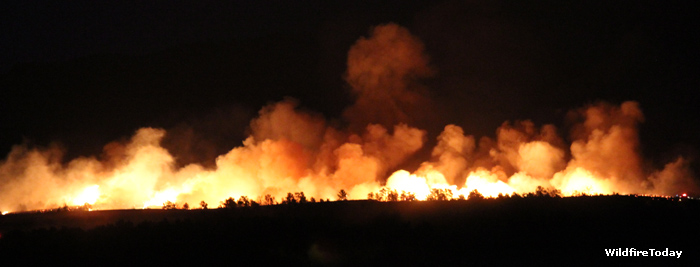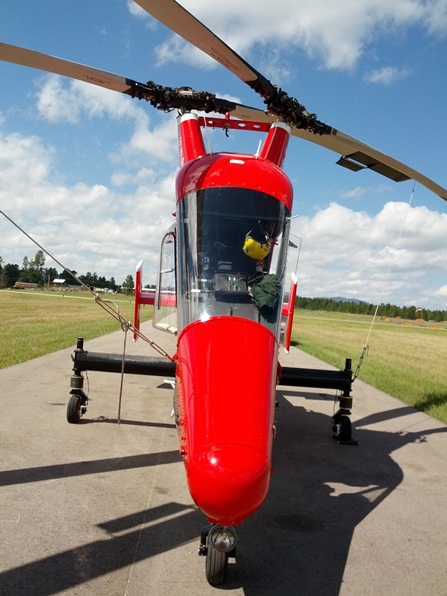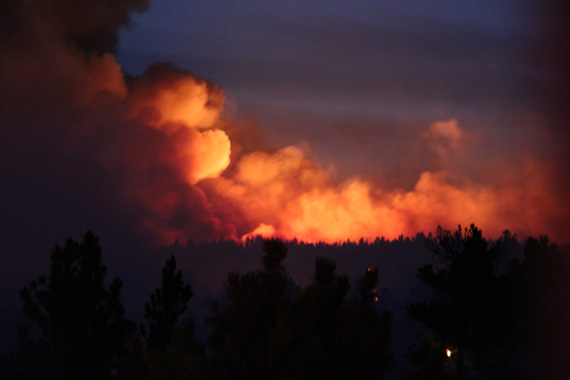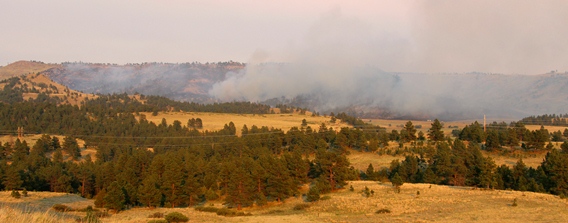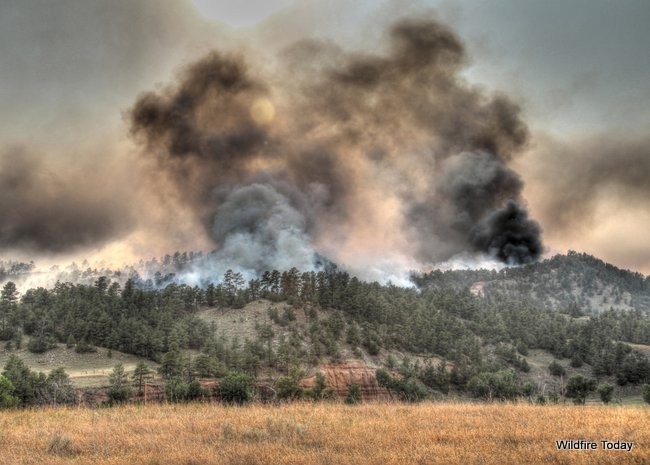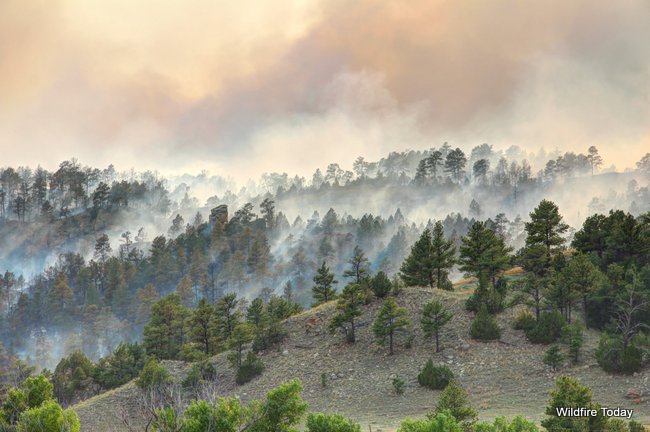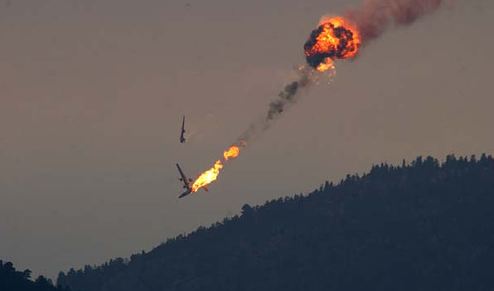
Ten years ago today, on June 18, 2002, the second air tanker crash of the year occurred, killing the two-person crew of Tanker 123, as one of the wings fell off of the PB4Y-2 as it was operating over the Big Elk fire near Estes Park, Colorado.
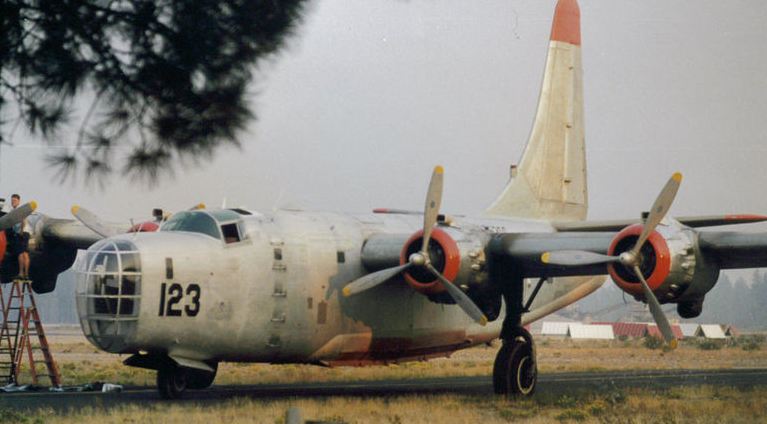
The National Transportation Safety Board (NTSB) investigation found extensive stress fatigue and fractures in key components of the aircraft, which was manufactured in 1945 for the U.S. Navy, transferred to the Coast Guard in 1952, discarded in 1956, and converted into an air tanker in 1958.
This crash occurred just a month after another fatal air tanker crash. Near Walker, California on June 17, Tanker 130, a C-130A, experienced a major structural failure. As you can see in the video below, both wings fell off the aircraft just after it completed a retardant drop. The three members of the crew were killed.
The NTSB also found fatigue cracks on that aircraft, which was built in 1957, discarded by the military in 1978, and converted into an air tanker in 1988. At the time of the crash, the airframe had logged 21,863 flight hours.
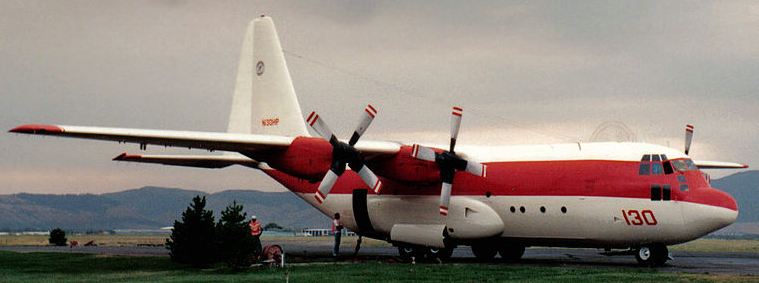
Following the crashes, the U.S. Forest Service and the Bureau of Land Management commissioned the Blue Ribbon Fact Finding Panel on Aviation to “identify key information for planning the safe and effective future of the aviation program.” It was led by James E. Hall, who had served for seven years as Chairman of the NTSB. After their December 2002 report, the USFS and the BLM declined to renew the contracts on nine C-130A and PB4Y-2 air tankers, and ordered the remaining large air tankers to undergo an improved inspection program before they returned to active service.
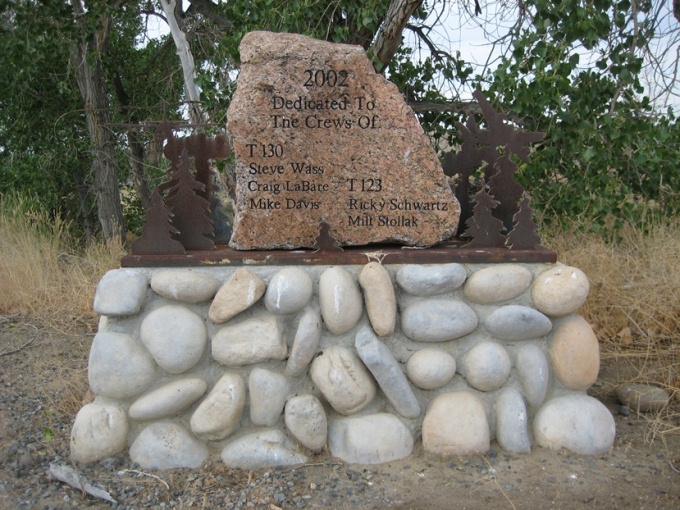
In a June 17, 2012 Denver Post article about the two air tanker crashes on June 3, 2012, Mr. Hall was quoted as saying:
I am extremely concerned. It’s been 10 years, and precious little has been done.
In a June 21, 2012 article in the New York Times he was quoted again:
We’ve failed to invest. We’re stepping back to these old tankers and old aircraft, and we’ve done nothing to develop any new technology.


